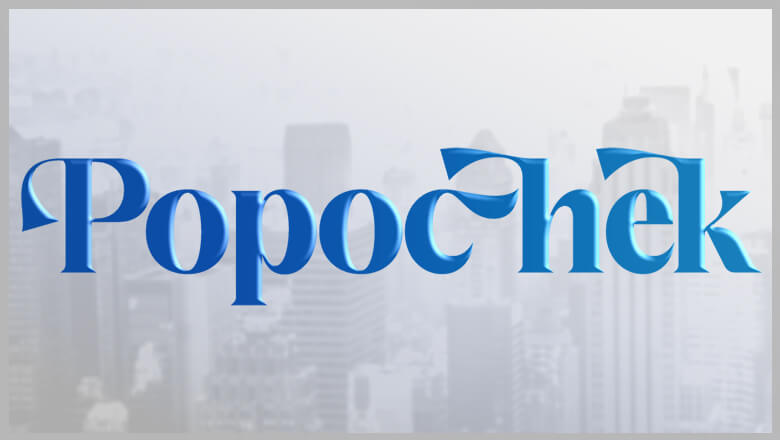
views
Whiteface Clowns
Classic Whiteface Whiteface clowns are the most well-known of all clown types. They are typically the kind of clowns who perform in a circus and have white painted faces and necks. Classic whiteface clowns usually have elegant, neat facial features painted over their white face makeup that can include rounded, raised eyebrows and a red smile, along with a red nose. They are known for taking part in comedic routines in circus performances. Makeup: White painted faces, clean features using red, black, or blue, red nose. Costume: Pointed hat, bald cap with colorful hair, loose-fitting one-piece clothing, neck ruffle, oversized shoes. They are allowed to wear sequins, sparkles, glitter, or shiny fabrics. Personality/Role: Ringleader who orders other clowns around in a circus. Famous examples: Bozo the Clown, Ronald McDonald The term “straight clown” is sometimes used to describe a classic whiteface clown with a more colorful and upbeat look and character. They can have brighter-colored, more exaggerated makeup or a more playful personality.
Grotesque Like other whiteface clowns, Grotesque whiteface clowns appear with white face makeup and very exaggerated painted-on facial features. The makeup is more outrageous than the classic whiteface clown, which may include oversized features that come across as outlandish or even unsettling. Makeup: Overly exaggerated painted-on facial features, red ball nose. Costume: Bright, colorful, baggy clothing; a bald cap with colorful wigs, oversized shoes. Personality/Role: More bizarre and less intelligent than the classic whiteface. Famous examples: Frosty Little, Krusty the Clown.
Mime Mimes are not always considered a type of whiteface clown, but many agree that they fall into the category because of their white painted faces. Their face makeup is very subtle, and can include small lips, eyebrows, and markings around the eyes in black. Mimes rely on exaggerated gestures, body language, and silence to tell stories. Being a mime is an artistic form of physical theater sometimes performed on the street. Makeup: White face makeup and subtle, black painted-on features. Costume: Black and white costume, including a striped shirt, suspenders, white gloves, and a black beret or hat. Personality/Role: Silent, yet expressive through physical movement and facial expression. Famous examples: Marcel Marceau, Étienne Decroux.
Harlequin Harlequin clowns are an early variation of a whiteface clown, appearing in the Commedia dell'arte theatrical tradition in 16th-century Italy. Harlequins wore checkered or diamond-patterned costumes and a diamond mask. As characters, they appeared to be servants who interacted with other characters using a sense of humor and wit (and were not to be taken seriously). They often wore white face makeup, along with geometric shapes around their eyes and mouth. Makeup: White face makeup with exaggerated facial features, geometric shapes around their eyes and mouth. Costume: Baggy costumes with checkered or diamond-patterned designs, a pointed hat. Personality/Role: Servants, who are often ignorant, gullible, and lazy; simpletons who gamble. Famous examples: John Rich (18th century), The Payne Brothers (19th century).
Pierrot Pierrot clowns appeared in the Italian Commedia dell'Arte theatrical tradition in the 17th century. They’re considered an offshoot of a harlequin clown and were known for their melancholy and love-sick personalities. They wore a white powdered face and a loose, black and white costume that included ruffles at the wrist and a soft, pointed hat. Makeup: White powder face, painted black accents around the eyes. Costume: Black and white costume with wide pantaloons, wrist ruffles, and soft, pointed hat. Personality/Role: Melancholic, love-sick characters; simple-minded servant types who get pranked by other characters. Famous examples: Jean-Gaspard Deburau, David Bowie (“Ashes to Ashes” video).
Auguste Clowns
Classic Auguste (Ah-GOOST) The classic Auguste clown uses flesh tones instead of white makeup, along with black and white painted-on features, a red ball nose, and often mismatched costumes. The costumes can include a very large jacket and a tiny tie, or an oversized bowtie and a large hat. This clown is a combination of a whiteface clown and a hobo/tramp and is often the comedic foil (contrasting character) to the whiteface clown. Makeup: Flesh-toned makeup, black and white features, red ball nose. Costume: Mismatched costumes combining large and small accessories. They cannot wear sequins, sparkles, glitter, or shiny fabrics. Personality/Role: Wild, clumsy, and the comedic foil to the whiteface clown. Famous examples: Lou Jacobs, Albert Fratellini
Contra A Contra-Auguste clown’s makeup differs from the classic Auguste clown because it looks as if it’s trying to copy the whiteface clown’s makeup. The makeup may include some whiteface, or more exaggerated features than the classic Auguste. Makeup: Combination of whiteface and Auguste styles; flesh-toned base and/or white around the eyes and mouth, red and black exaggerated features. Costume: Intentionally mismatched costume with bold colors and prints; ill-fitting clothing. Personality/Role: A mediator between the whiteface and the classic Auguste clown; they rank higher than the classic Auguste, but lower than the whiteface. Famous examples: Cookie (Bozo the Clown show), Koko (Out of the Inkwell show)
Character Clowns
Classic Character A character clown is any clown who is dressed up as a character with a specific occupation. Popular characters include clown versions of a policeman, doctor, fireman, or sports figure, like a baseball player or boxer. Character clowns choose their own makeup style—they can look like a whiteface, Auguste clown, or anything in between. Makeup: Whiteface, Auguste, or hobo/tramp style. Costume: Matches whatever profession the character clown is copying. Personality/Role: Depends on the profession, but usually silly, expressive, and friendly. Famous examples: There are no famous occupation-based clowns, but character clowns are often used in clowning contests.
Jester Jesters were a medieval variation of a clown who performed for the royal court, which included the royal family and members of the nobility. They typically performed jokes, told stories, played music, danced, or juggled while dressed in a “motley” style; jesters dressed in colorful patchwork clothing that purposely mismatched. They sometimes wore a cap of bells, or a foolscap hat, which included 2 or 3 points of fabric with bells on the ends. Jesters sometimes wore makeup to enhance their character or storytelling. Makeup: Optional for each jester; may include white face makeup, red lips, or black points above and below the eyes. Costume: Colorful, mismatched patchwork-style clothing, a cap of bells. Personality/Role: Used witty humor to entertain and sometimes acted as an advisor or social commentator. Famous examples: Will Sommers (served Henry VIII); Mathurine de Vallois (served Louis XIII).
Bouffon Bouffon clowns closely mirror the role of a jester in that they use social critique and dark satire to talk about societal issues. They’re considered outsiders who use expressive physical language and mimicry to get their point across. Bouffons laugh at their audience so those in the crowd will reflect on their shortcomings. Their makeup and costumes are overly exaggerated, misshapen, and sometimes grotesque, but nonspecific. Makeup: Depends on the character they’re playing, but can be grotesque or exaggerated. Costume: Specific to the character, but usually misshapen or exaggerated; often uses padding to form shapes. Personality/Role: Confrontational, sarcastic, and biting wit focused on social commentary. Famous examples: The Joker (Batman)
Rodeo Rodeo clowns are half-bullfighter, half-clown figures that perform for crowds at rodeos while protecting the safety of bull riders by drawing the bulls’ attention. Rodeo clowns wear loose, colorful clothing that resembles a cowboy outfit, along with traditional whiteface clown makeup. They originated in the 20th century as part of American rodeo culture. Makeup: Whiteface-style clown makeup with painted-on features and a red ball nose. Costume: Exaggerated cowboy outfit, including a bullfighting skirt, a pair of jeans that have been sewn together. Personality/Role: Performer who entertains the crowd while protecting the bullfighter. Famous examples: Flint Rasmussen, Leon Coffee
Hobo/Tramp Clowns
Classic Tramp Tramp clowns typically look downtrodden and dirty and may have soot on their faces. They often appear with white face makeup around their eyes and mouth, along with a painted-on beard. They sometimes have a reddish nose and wear a threadbare suit, often with fingerless gloves and a hat. Classic tramp clowns date back to the practice of riding the rails in the early 20th century. Makeup: White makeup around the eyes and mouth, flesh-toned face, painted-on beard or stubble, and a dirty face. Costume: Dingy suit, hat with holes, fingerless gloves. Personality/Role: Tramps are sad and forlorn characters who can’t catch a break. Famous examples: Charlie Chaplin’s “Little Tramp” character. The hobo or tramp clown is sometimes categorized under character clowns, but most consider it the 4th main type of clown.
Hobo or Vagabond Unlike the classic tramp, a hobo or vagabond clown is more happy-go-lucky and lovable. They’re known for their slapstick style and lighthearted sense of humor. Hobos wear tattered, torn, or patchwork clothes and lighter, Auguste-like flesh-toned makeup, with white around the eyes and mouth. They usually have a painted-on 5 o’clock shadow or beard. Makeup: Flesh-toned makeup, white around the eyes and mouth, dirty face, painted-on 5 o’clock shadow. Costume: Old suit or mismatched vagabond’s clothes, hat, water-squirting flower. Personality/Role: Happy-go-lucky, lovable, devil-may-care attitude. Famous examples: Emmett Kelly’s Weary Willie character, Red Skelton’s Freddy the Freeloader.
Bag Lady The bag lady is the female variation of the hobo or tramp clown type. They wear layers of old, mismatched clothing and a floppy hat or scarf in their hair, and they carry an oversized bag full of their possessions. Bag ladies wear makeup that looks similar to the male tramp or hobo, with flesh-tones, white accents around the eyes or mouth, and look dirty. Makeup: Flesh-toned makeup, highlights that look like dirt, white around the eyes, and/or mouth. Costume: Old, patchwork clothing that is layered; they carry a big bag. Personality/Role: Similar to the tramp, they are forlorn and sad. Famous examples: Gardi Hutter’s washerwoman character.
Other Specialized Clown Types
Caring Clown Caring clowns are part of a modern movement called therapeutic clowning. These clowns visit children’s hospitals, medical facilities, and hospices to entertain those who are ill. They’re known for their compassionate ability to bring joy to those who are suffering, as well as encouraging healing and offering comfort to those whom they entertain. Makeup: Whiteface, Auguste, or hobo/tramp. Costume: Varies according to the individual; some caring clowns wear makeup and no costume, while others wear both. Personality/Role: Compassionate performers who make jokes to comfort the sick. Famous examples: Patch Adams, a real-life physician.
Clown Entertainer Modern clown entertainers can become clowns who perform at group events, children’s birthday parties, or schools. Their performances often involve jokes, stories, puppetry, balloon artistry, or performing magic tricks. They can also educate kids while entertaining them, and strive to create a positive atmosphere for kids. Makeup: Whiteface, Auguste, or hobo/tramp style. Costume: Can resemble a harlequin or jester, but can be a clown with any style. Personality/Role: Playful and lighthearted, with a goal to entertain. Famous examples: Specific to each town or city.
Street Clown An offshoot of the clown entertainer is the street clown. Street clowns typically perform for money from passersby in urban environments, like parks, downtown areas, or public spaces. Street clowns often blend humor, acrobatics, contact juggling, mime, and social commentary. They aim to interact with the crowd and encourage audience participation. Makeup: Whiteface, Auguste, or hobo/tramp style. Costume: Varies per the individual preferences of the entertainer. Personality/Role: Playful and lighthearted, but can be sarcastic or witty as well. Famous examples: Specific to each town or city.
Pueblo Clown Pueblo clowns refer to jesters or trickster figures in the Native Pueblo tradition found in the southwestern U.S. Different pueblo clowns belonged to separate secret societies called kivas. They performed rituals that included bringing rain in the summer and healing certain aspects of society using black magic. They wore body paint and headdresses, some of which included black and white horizontal stripes on their face and bodies, and corn husks worn in their hair. Makeup: Black and white stripes on face, white circles on face. Costume: Black and white horizontal stripes on the body. Personality/Role: Trickster or jester-like, blends humor and social commentary. Famous examples: The Koshare and Kwirena (Eastern and Western Pueblos), the Koyemshi (Rio Grande Pueblos).
Creepy Clown One of the most popular types of modern clown is the creepy or scary clown found in horror. Numerous horror films feature scary clown villains who hunt down or murder others (or at least frighten them). Creepy clown makeup usually takes the exaggerated painted-on features of a classic whiteface clown and adds horrific elements, like blood dripping from the eyes or mouth, or pointed, black-rimmed features. Their costumes may appear dirty, and they may be carrying a weapon. Makeup: Exaggerated face paint makeup with horror elements, like dripping blood or black features; uses pointed edges instead of rounded shapes. Costume: Traditional clown costume, which may look dingy, dirty, or covered in blood. Personality/Role: Dark side of a clown personified; often a menace who frightens, stalks, or kills victims. Famous examples: Pennywise (IT), Art the Clown (Terrifier) Serial killer John Wayne Gacy is thought of as the ultimate scary clown in real life. Coulrophobia is a term that describes having a fear of clowns based on an irrational fear that is triggered by seeing, hearing, or coming into contact with a clown.
History & Origins of Clowns
Clowns can be traced back through medieval times to ancient Greece. Ancient Greek comedic actors were among the first to paint their faces white so they could be seen on stage more easily. Clowns as entertainers date back to medieval court jesters, who entertained the royal family and members of nobility. How clowns look can mostly be linked to Italian Commedia dell'arte theater figures like Harlequin and Pierrot clowns.
Clowns became part of the modern circus in the late 18th century. Traveling circuses became an American tradition thanks to circus pioneers like P.T. Barnum and the Ringling Brothers. In addition to acrobats and animal performers, clowns became part of circus entertainment as comic relief. Clowns are still a beloved part of most circuses today, and typically include whiteface, Auguste, and Contra-Auguste clown characters. Clown scenes and performances in the circus traditionally include slapstick humor, audience interaction, and tropes like the clown car, where a large number of clowns all get out of a tiny car.
Traditional Clown Terminology
Clowns use a specific terminology all their own. Clown lingo, also known as clown slang or circus slang, includes unique terms for performers, props, and types of clowning acts. Clowns in the circus use this lingo to communicate among themselves and speak with their own private language. If you want to find out how to talk like a clown, check out some top examples of clown slang words ahead: Basket Animal: A costume made with a basket in the middle when riding a horse or other animal. Blow Off: The punch line of a clown gag, which is visual. Boss Clown: Name for the clown who coordinates the clowning performance. Carpet Clown: The clown who interacts with the audience. Clown Alley: The clown dressing room and prop area. First of May: A new clown’s first season performing with a circus. Itchy Feet: When a clown can’t wait to get back to performing on the road. Joint: A concession stand. Knockabout Act: A clowning act that includes physical humor and pretend violence. Suitcase Gag: Refers to a visual pun that a clown carries in a suitcase. Trouper: Someone who has spent at least 1 season with the circus or is a veteran performer. Walkarounds: When circus clowns walk around the hippodrome track, performing visual gags for a specific section of the audience.










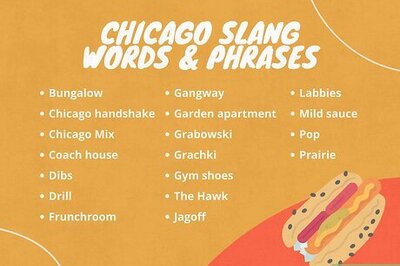
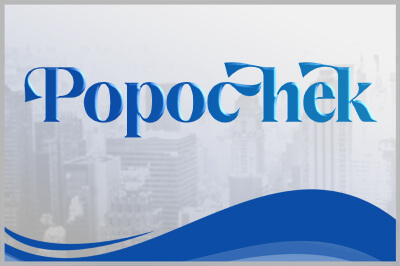
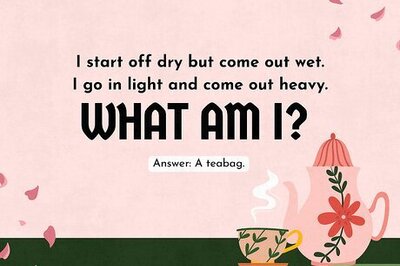
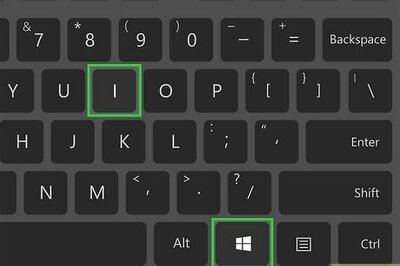
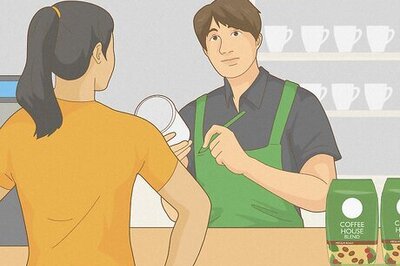
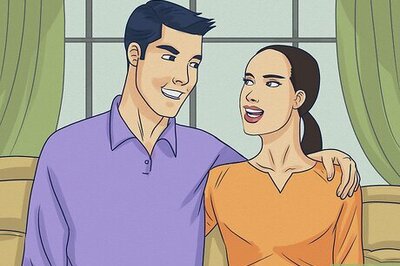
Comments
0 comment